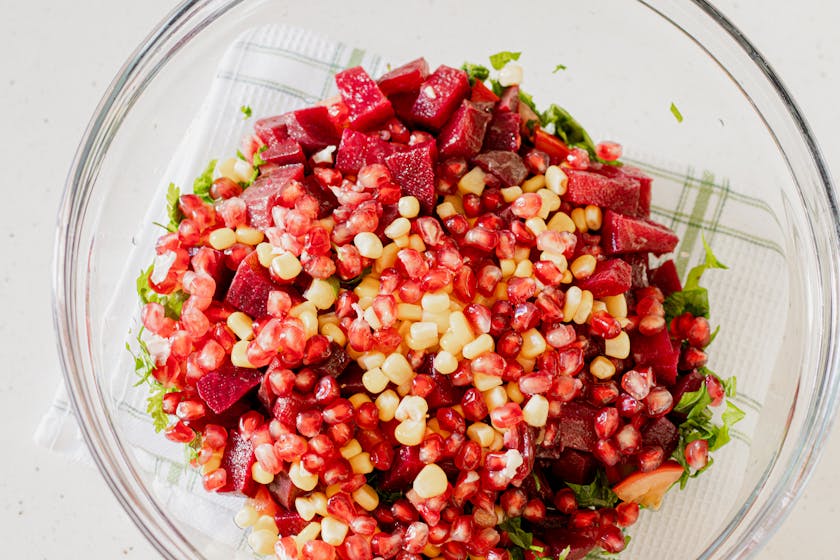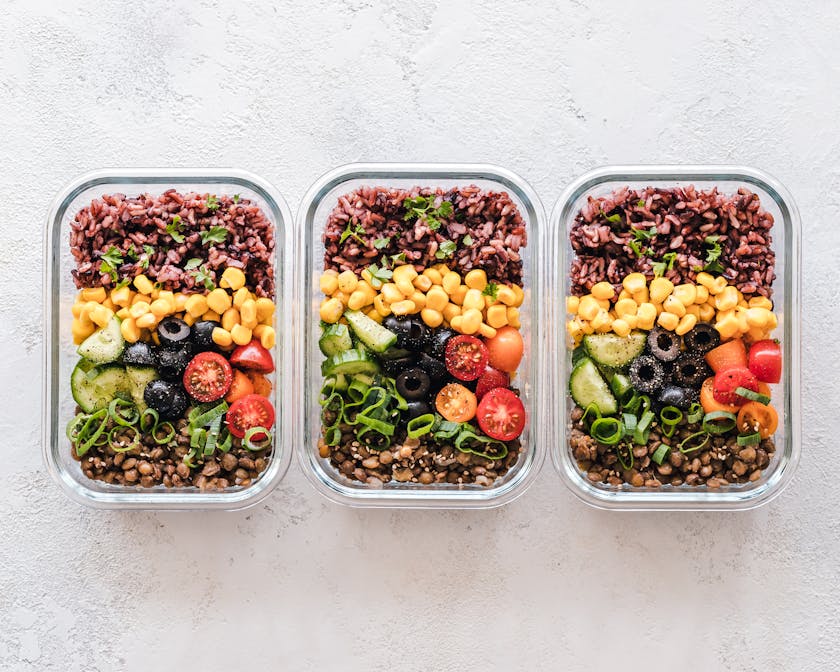When considering the concept of once-a-month cooking, it’s essential to understand the role of bulk meal storage for emergency preparedness. In a world where uncertainties abound, having a reliable food storage system can provide peace of mind and security for you and your loved ones.
Bulk Meal Storage: A Staple of Emergency Preparedness
Preparing for emergencies isn’t just about having a kit with flashlights and batteries; it’s also about ensuring that you have a sustainable food supply. Bulk meal storage is the cornerstone of a robust emergency preparedness plan. By cooking and storing meals in bulk, you not only save time and money but also secure a food cache that can sustain you through unexpected situations.
Step 1: Planning Your Meals
Start with a meal plan that includes a variety of nutritious and long-lasting dishes. Choose recipes that freeze well and have overlapping ingredients to maximize efficiency and minimize waste. Consider dietary restrictions and preferences to ensure that everyone in your household is catered to.
Step 2: Sourcing Ingredients in Bulk
Purchase ingredients in bulk from wholesalers or during sales to keep costs down. Focus on non-perishable items like rice, beans, and canned goods, as well as freezable proteins and vegetables. Buying in larger quantities can also contribute to a reduced carbon footprint due to less packaging and fewer shopping trips.
Step 3: Cooking Your Meals
Spend a day cooking your chosen recipes. This once-a-month cooking marathon will require organization and time management, but the end result will be a freezer full of ready-to-eat meals. Remember to let dishes cool completely before storage to prevent bacterial growth and freezer burn.
Step 4: Proper Storage Techniques
Proper storage is crucial for maintaining the quality and safety of your bulk meals. Use airtight containers or vacuum-sealed bags to protect food from air exposure. Label each container with the date of preparation and contents to keep track of your inventory and ensure rotation.
Step 5: Maintaining Your Meal Storage
Regularly check your stored meals for signs of spoilage or freezer burn. Organize your freezer by using a first-in, first-out system to use the oldest meals first. Keep an inventory list to monitor what you have on hand and to plan for replenishing your supplies.
Step 6: Using Your Bulk Meals During Emergencies
In the event of an emergency, your once-a-month cooking efforts will pay off. You’ll have a variety of meals ready to go, which can be invaluable when power is out, or resources are scarce. Ensure you have a manual can opener and an alternative cooking method, such as a propane stove, to heat meals if necessary.
Remember that bulk meal storage isn’t just for catastrophic events. It’s also perfect for busy weeks, unexpected guests, or when you’re ill and unable to cook. The versatility and convenience of having meals at the ready can significantly reduce daily stress.
Extending Your Preparedness Beyond Food
While food is essential, a comprehensive emergency preparedness strategy includes water storage, a first-aid kit, and a plan of action for different types of disasters. Educate your family members on emergency protocols and practice drills to ensure everyone knows what to do.
By integrating once-a-month cooking into your routine, you’ll develop a sustainable emergency preparedness system that can stand the test of time. Bulk meal storage is an investment in your well-being and can be a lifesaver in times of need. Embrace the practice and enjoy the assurance that comes with being prepared.



